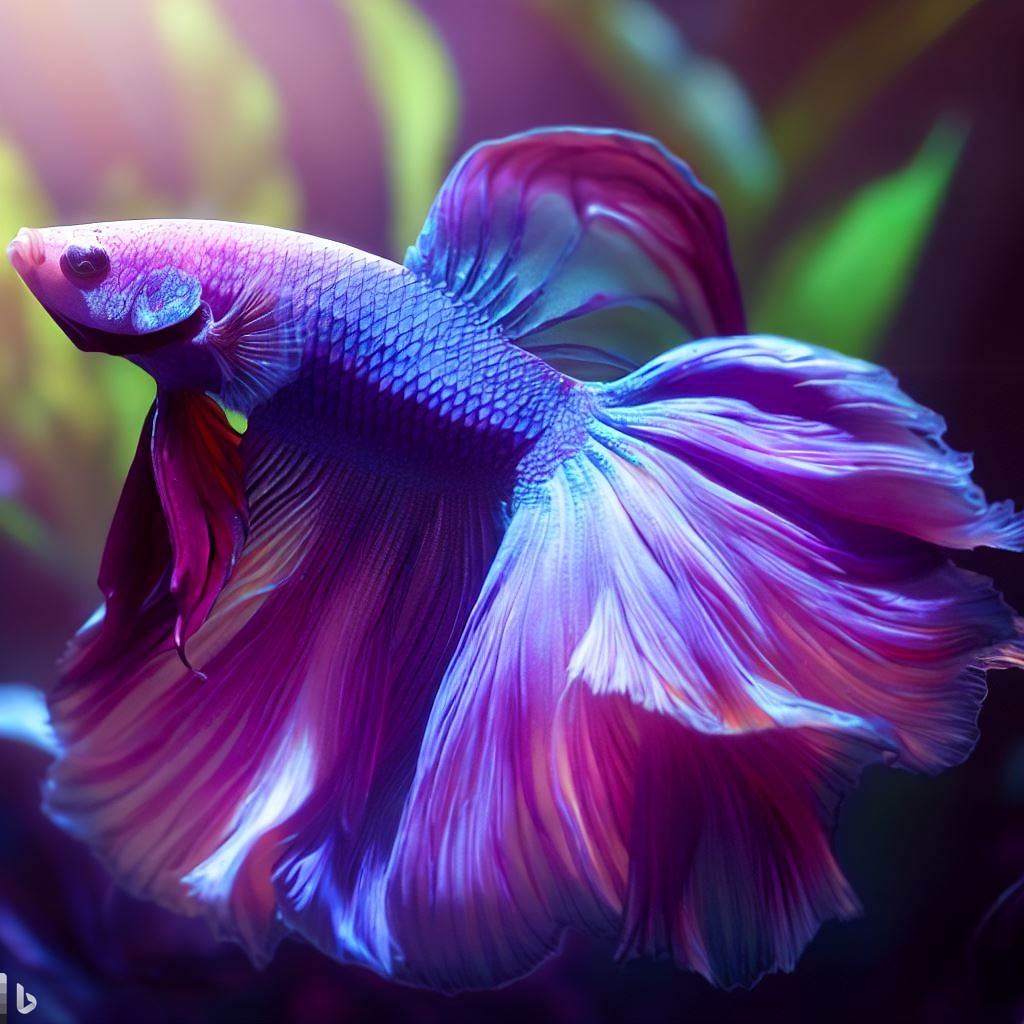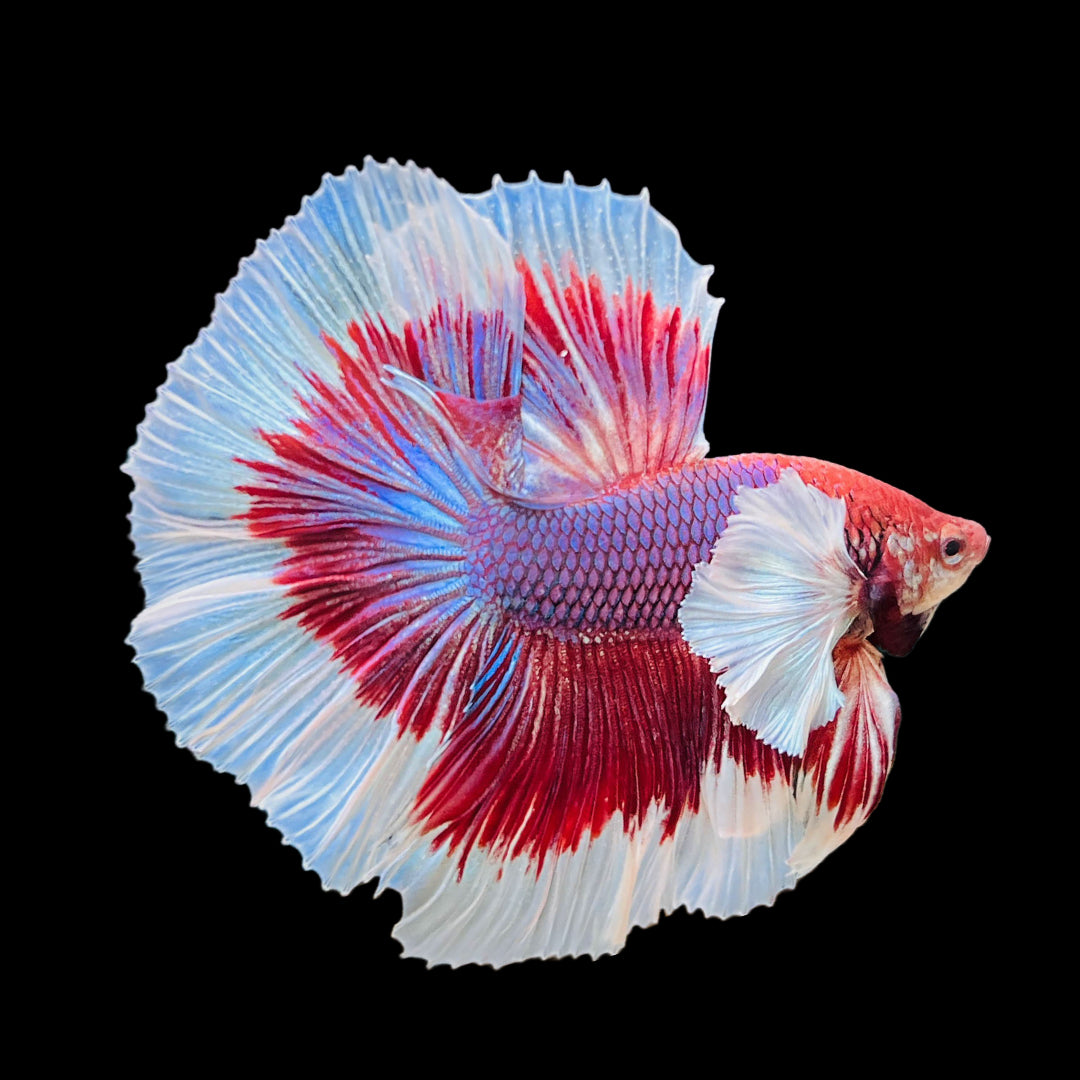Recognizing Betta Fish Behavior: What Every Owner Needs To Know
Recognizing Betta Fish Behavior: What Every Owner Needs To Know
Blog Article
Exactly How to Reproduce Betta Fish Effectively: Professional Strategies and Insights for Hobbyists Looking to Expand Their Betta Collection
Reproducing Betta fish requires a nuanced understanding of genetics and ecological problems, making it important for hobbyists to come close to the procedure with both diligence and care. Developing an optimum breeding environment, selecting the right pairs, and observing the details of their courtship actions are fundamental steps that can significantly influence the end result. The subsequent care of the fry is important for guaranteeing their healthy and balanced development. As we explore these essential components, it comes to be clear that successful reproduction is not almost the preliminary pairing however includes a broader technique that merits mindful consideration.
Recognizing Betta Fish Genes
Recognizing the genetics of Betta fish is important for effective breeding, as it affects attributes such as color, fin shape, and habits. Betta fish show a diverse array of shades and patterns, greatly determined by their genetic makeup.
In addition to coloration, fin morphology is an additional considerable facet of Betta genetics (betta fish). The form and size of fins are affected by different genetics, including those that determine whether the fins are brief, long, or veil-shaped. Recognizing these genetic variations helps breeders anticipate the phenotypic results of their offspring
Moreover, behavioral characteristics such as aggression and territoriality can likewise be affected by genes. These behaviors play an important duty in the reproducing process, as they can affect spawning success and the overall temperament of the resulting fry. By adequately understanding these genetic principles, breeders can make enlightened decisions, eventually boosting their reproduction programs and attaining desirable results.
Preparing the Breeding Environment
Creating an optimum breeding environment is crucial for the successful reproduction of Betta fish. The very first step in preparing this setting is to choose a suitable reproduction storage tank, ideally varying from 5 to 10 gallons.
Following, think about making use of a sponge filter or an air stone to supply mild water blood circulation without developing solid currents that can worry the fish. It is important to mount plants or reproducing cones to use hiding places and advertise comfort for the lady during the spawning procedure. Drifting plants, such as Java moss or water sprite, can likewise develop a much more natural atmosphere while facilitating bubble nest structure by the man.
Prior to presenting the breeding sets, ensure the water is conditioned and devoid of unsafe chemicals, such as chlorine or hefty steels. betta fish. Regular water changes need to be conducted to preserve optimal water top quality, enhancing the chances of effective breeding. With these prep work in position, the reproducing environment will support the health and wellness and well-being of both Betta fish
Choosing Breeding Pairs
Selecting the appropriate breeding pairs is critical for attaining successful Betta fish recreation. When picking your reproduction sets, consider numerous key variables consisting of health and wellness, personality, and genetics. Healthy Betta fish display dynamic shades, clear eyes, and active habits. Selecting fish that are totally free from condition makes certain a far better possibility of generating practical spawn.
Temperament is another essential consideration, as Betta fish are known for their aggressive nature. It is recommended to pick a male and female that exhibit compatible characters to reduce stress and anxiety during the reproducing process. A tranquil man can urge a smoother courtship, try this out while a lady that is as well hostile might disrupt the process.
Genetic history likewise plays a considerable duty in the quality of the children. Breeding fish that are genetically diverse can minimize the threat of hereditary wellness issues and enhance the general vigor of the fry. It is valuable to research the family tree of both the male and female, concentrating on preferable qualities such as fin type, color scheme, and dimension.
The Reproduction Refine
The breeding process of Betta fish needs careful preparation and attention to information to ensure an effective end result. At first, it is vital to prepare an ideal reproduction container, preferably a 5-10 gallon aquarium with a temperature level kept at 78-80 ° F. The tank needs to be furnished with a heater, filter (ideally sponge type to prevent solid currents), and a lot of aquatic plants for the woman to hide.
As soon as the environment is set, present the chosen reproducing pair to the container, allowing them to accustom. Observe their actions; the male will certainly display sophisticated courtship rituals, including flaring his fins and developing a bubble nest. If the female reveals interest, she will certainly display upright red stripes indicating readiness for spawning.
When the female is receptive, the set will certainly engage in a mating embrace, throughout which the male feeds the eggs. Maintaining optimum water conditions during this duration is important for the advancement of healthy and balanced Betta fry.
Caring for Betta Fry

Feeding Betta fry is important, as they call for a diet high in healthy protein. At first, they can be fed infusoria or liquid fry food, transitioning to finely crushed high-grade pellets as they expand. Feed tiny sections multiple times a day to motivate healthy development without overwhelming the tank with uneaten food.

As they mature, check their growth find out here closely and separate any kind of aggressive individuals to prevent injury. By supplying a supporting atmosphere and correct nutrition, enthusiasts can successfully raise Betta fry into vibrant, healthy fish, inevitably enhancing their reproduction ventures.
Final Thought
Successful Betta fish reproduction calls for precise interest to genetic choice, environmental conditions, and treatment for the fry. By comprehending the genetics of Betta fish and preparing a suitable reproduction environment, hobbyists can boost the chances recommended you read of producing vivid, healthy children.
Report this page